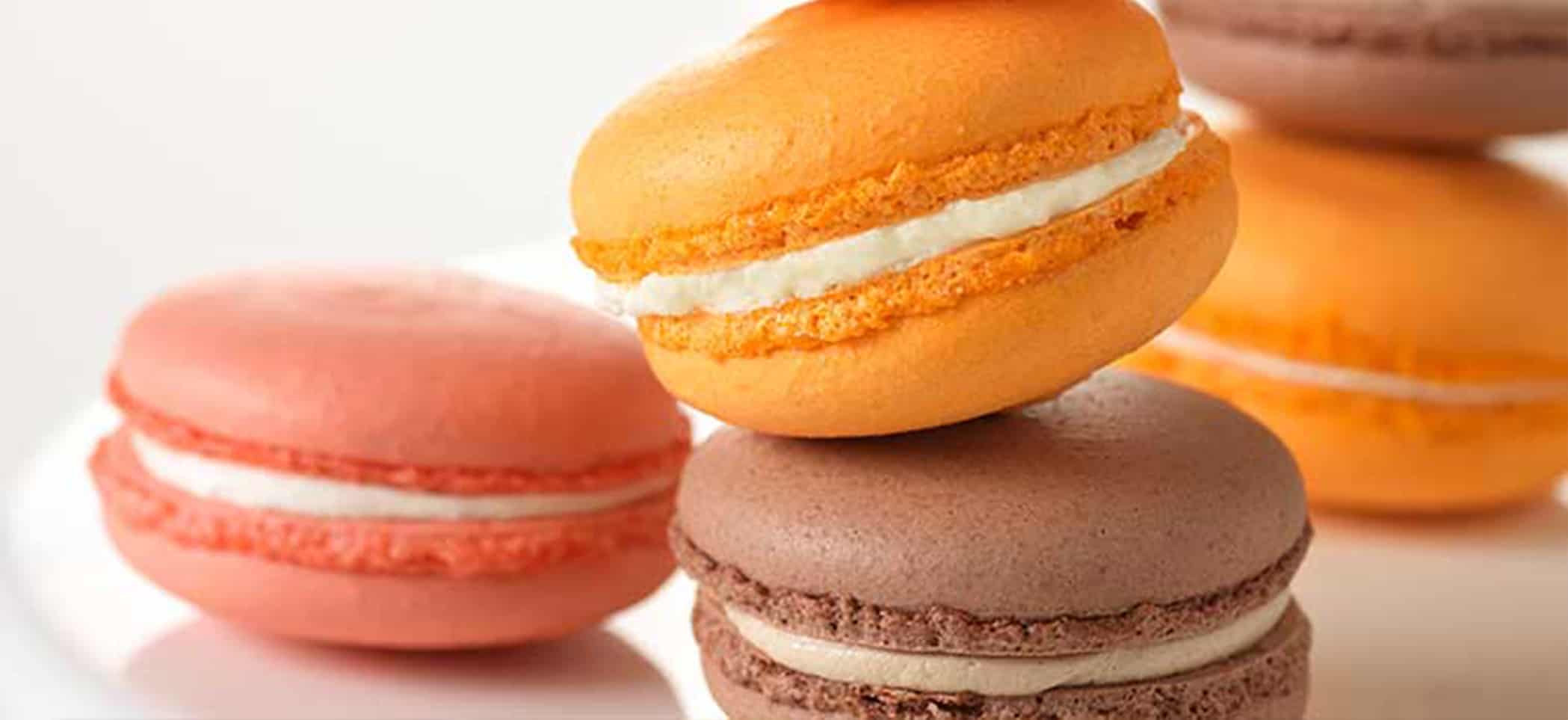Certain food formulations, particularly in baking, rely on aeration to provide proper product structure. Aeration can be achieved in several ways including biological (yeast), chemical (baking soda), mechanical (methods of mixing certain ingredients or the batter through whipping or beating), physical (lamination or steam), or a combination of those methods. Each is designed to introduce a gas, such as air, into a liquid or viscous solution.1
In baking for example, cake batter as an emulsion requires proper aeration in order not to become “very thin and sloppy.” Dough viscosity can affect processing and machinability as well as end product texture and appearance.2 In cake varieties including yellow, white and pound cakes, if the cake is to have proper volume, grain and texture, the baker must incorporate “considerable” amounts of air into the batter.2
When air is incorporated into a liquid or viscous solution, the solution traps the air bubbles, forming a foam. If proteins stabilize the foam, it leavens a food, increasing its height and reducing its density.3 Eggs supply aeration to baking applications through the mechanical method, with the viscosity of all egg products ideal for incorporating air cells during the whipping or beating process.
As whipping or beating progresses, air bubbles decrease in size and increase in number, surrounded by egg proteins. Liquid egg products have low air-liquid interfacial tension, therefore when eggs are beaten or whipped, the proteins denature, or simply, they unfold. This exposes two oppositely charged ends of the protein molecule: the hydrophobic, or water hating end, and the hydrophilic or water loving end.4 The proteins line up between the air and water, securing the air bubbles with their hydrophilic end and pointing the hydrophobic end in the other direction. During baking, these proteins bond with each other, forming a delicate, yet reinforced network.4,5
Egg whites form foams greater in volume than yolks due to the unique proteins found in the white. In fact, even though the term foam technically refers to any system where there are entrapped air bubbles, in the food industry, when discussing egg products, the term tends to be exclusive to egg white foams. This is because egg whites, unlike any other natural food ingredient, are able to create the largest possible food foam, six to eight times greater in volume than unwhipped, non-aerated liquid egg white.5, 6
The egg white proteins that enable such impressive foaming are ovalbumin and ovomucin. Ovalbumin is responsible for original foam volume when egg whites are whipped, while ovomucin holds onto the air bubbles during heating and has elastic qualities that allow the protein to stretch as the air bubbles enlarge.4
This foaming ability of egg white finds uses in multiple baking applications, particularly angel food cake, which relies on the aerating power of egg white for its characteristic texture, height, appearance and cell structure.7 Certain confections, such as nougat candies, rely on proper aeration for height, appearance and texture, which can suffer when egg white is removed.8
Nowhere perhaps is the power of egg white more readily evident than in a meringue. As one reference tells it, “Of all the culinary magic made possible by the egg, perhaps the most extraordinary feats are accomplished when we take the white away from the yolk and whip it to a foam.”9
Increasing the acidity of egg whites helps stabilize the foam by loosening the protein structure, keeping the foam elastic and stable enough to entrap air cells, and allowing them to expand when heated, resulting in better volume.9
In certain applications whole eggs and egg yolks also increase the volume of foods through the process of aeration, including some baked goods and dairy desserts such as ice cream and custard.
References
- Pyler EJ and Gorton LA. (2010). Baking Science & Technology, Fourth Edition, Volume 1, Sosland Publishing Co., Kansas City, Missouri, USA
- Zayas J. (1997). Functionality of Proteins in Food, Springer-Verlag, Berling, Heidelberg, New York
- Stadelmen WJ and Cotterill OJ. (1995). Egg Science and Technology, Fourth Edition, Haworth Press, Inc., New York, USA
- American Egg Board. “Aeration in Baked Goods.” YouTube, narrated by Shelly McKee, Ph.D., Associate Professor, Department of Poultry Science, Auburn University, Auburn, AL; Feb. 29, 2012
- Cousminer J. (2017). Culinology®: Blending Culinary Arts and Food Science, Research Chefs Association, John Wiley & Sons, Inc., Hoboken, NJ, USA
- Munday E, Werblin L and Deno K. (2017). Angel Food Cake Application Research: Comparing the Functionality of Eggs to Egg Replacers in Angel Food Cake Formulations, CuliNex, LLC, Seattle, USA
- Munday E, Werblin L and Deno K. (2017). Nougat Application Research: Comparing the Functionality of Eggs to Egg Replacers in Nougat Formulations, CuliNex, LLC, Seattle, USA
- Ruhlman M. (2014). Egg: A Culinary Exploration of the World’s Most Versatile Ingredient, Little, Brown and Company, New York, USA

